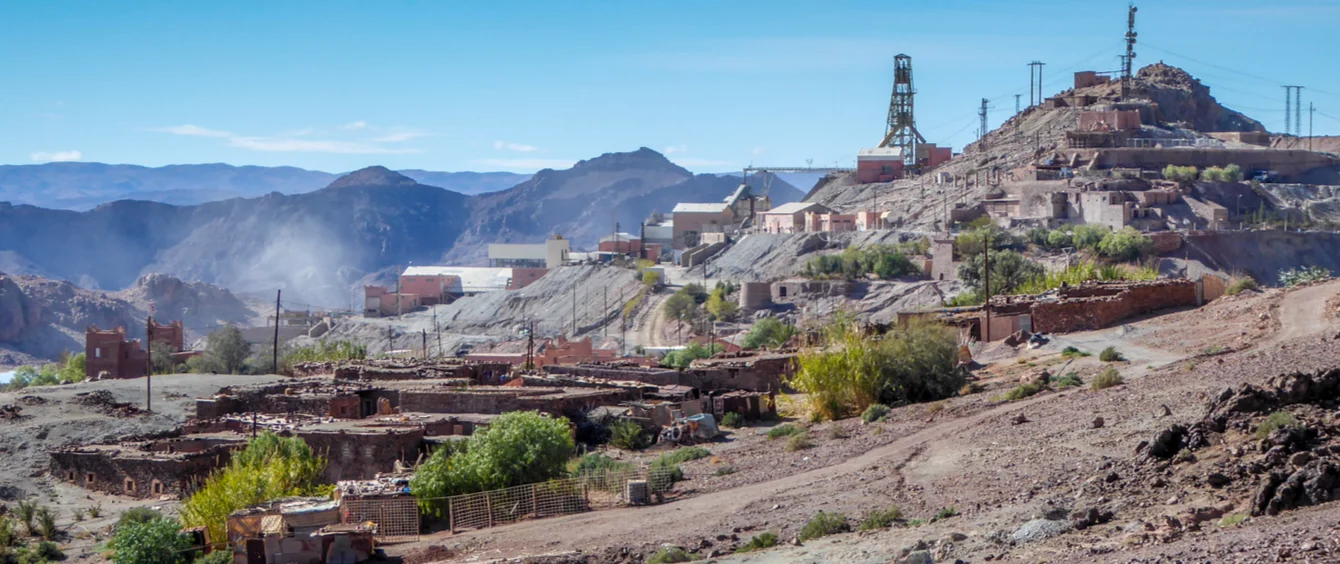Renewable energy technologies, such as electric vehicles, wind turbines and solar panels, require more minerals than their conventional counterparts. According to The Role of Critical Minerals in Clean Energy Transitions, a special report published in May by the International Energy Agency (IEA), the amount of minerals used for a new unit of power capacity has already risen by 50% since 2010, owing to increased use of clean energy technologies.
Only the beginning
Achieving an energy transition in line with the IEA’s Sustainable Development Scenario (SDS) requires sales of electric cars to jump 25-fold by 2040, while the annual installation of solar PV, wind turbines and electricity networks needs to expand threefold, the agency says.
This would mean a quadrupling of mineral requirements for clean energy technologies by 2040, with demand for some, such as lithium, rising by more than 40 times. The reverse side of the coin, the IEA warns, is that if these minerals are not available, they will slow the energy transition and increase costs.
What do we need?
The key minerals are:
- lithium, nickel, cobalt, manganese and graphite, which are used in batteries;
- rare earth elements to make permanent magnets, which are essential for wind turbines and electric motors;
- copper and aluminium for electricity grid development;
- nickel and platinum group metals for electrolysers and fuel cells; and
- aluminium, copper, indium, iron, lead, molybdenum, nickel, silver, zinc and silicon for solar panels.
Where are they?
The IEA’s report highlights that production of many of these minerals is in fact more geographically concentrated than oil and gas resources. Most notably, the Democratic Republic of Congo (DRC) produces more than 70% of the world’s cobalt, China produces 60% of rare earth metals, Australian and Chile (also the world’s largest copper producer) dominate lithium, while Indonesia produces around a third of the world’s nickel. China also plays a very large role in the processing of copper, nickel, cobalt, lithium and rare earth elements.
Lithium reserves 2020
in tons, source: US Geological SurveyNew security of supply risks
This concentration of supply creates new risks, although they are different from those associated with fossil fuel supply chains. A car comes to halt if it has no fuel, but wind farms and solar panels do not need fuel. Mineral supply shortages affect the manufacture and capital cost of renewable energy technologies not their operation. These critical minerals are also significantly easier to stockpile because the required amounts take up much less room than the billions of barrels of oil needed to keep the world running for just a few months.
Moreover, rising demand for a commodity sets in train a whole range of other processes. Exploration companies start to look harder for new deposits, which generally increases and diversifies the reserve base, recycling begins to become more economic, allowing recycled product to supplement primary supplies, manufacturers find ways of making the same item using less of an expensive mineral or they find cheaper substitutes.
Timing and oversight critical
The IEA says, in general, the problem is not the quantity of the resources available, but their quality and the long lead times between discovery and production. There is a real danger of a mismatch in timing between new demand and new supply, leading to price volatility and higher costs for clean energy technologies. In addition, heightened mineral demand can often lead to a rise in ‘artisanal mining’ in poorer countries, with unregulated miners working in dangerous conditions for very low wages. About a fifth of cobalt production in the DRC – roughly 15% of the global total – currently comes from artisanal miners.
Cobalt reserves 2020
in tons, source: US Geological SurveyIncreased mineral production will also raise emissions, as well as creating other environmental problems, such as waste water management. The IEA says explicitly: “emissions along the mineral supply chain do not negate the clear climate advantages of clean energy technologies,” but also emphasises that tackling the environmental and social impacts of mineral development is essential and that integrating these concerns early can help ensure sustainable practices.
